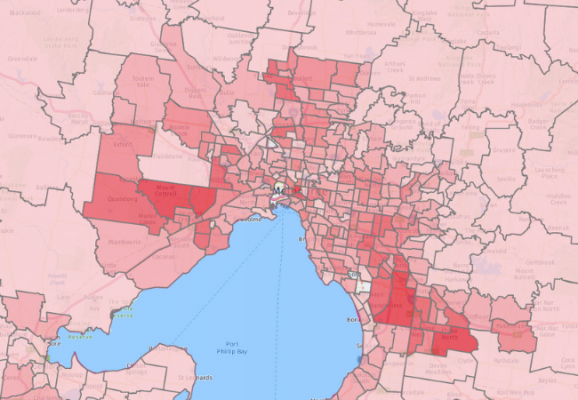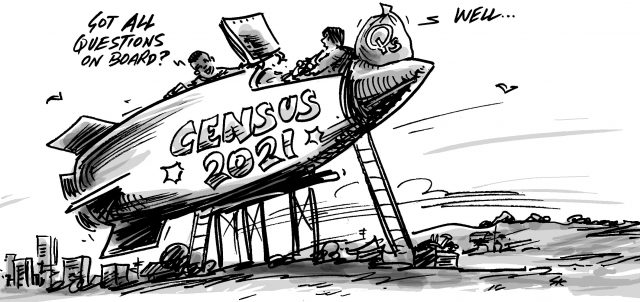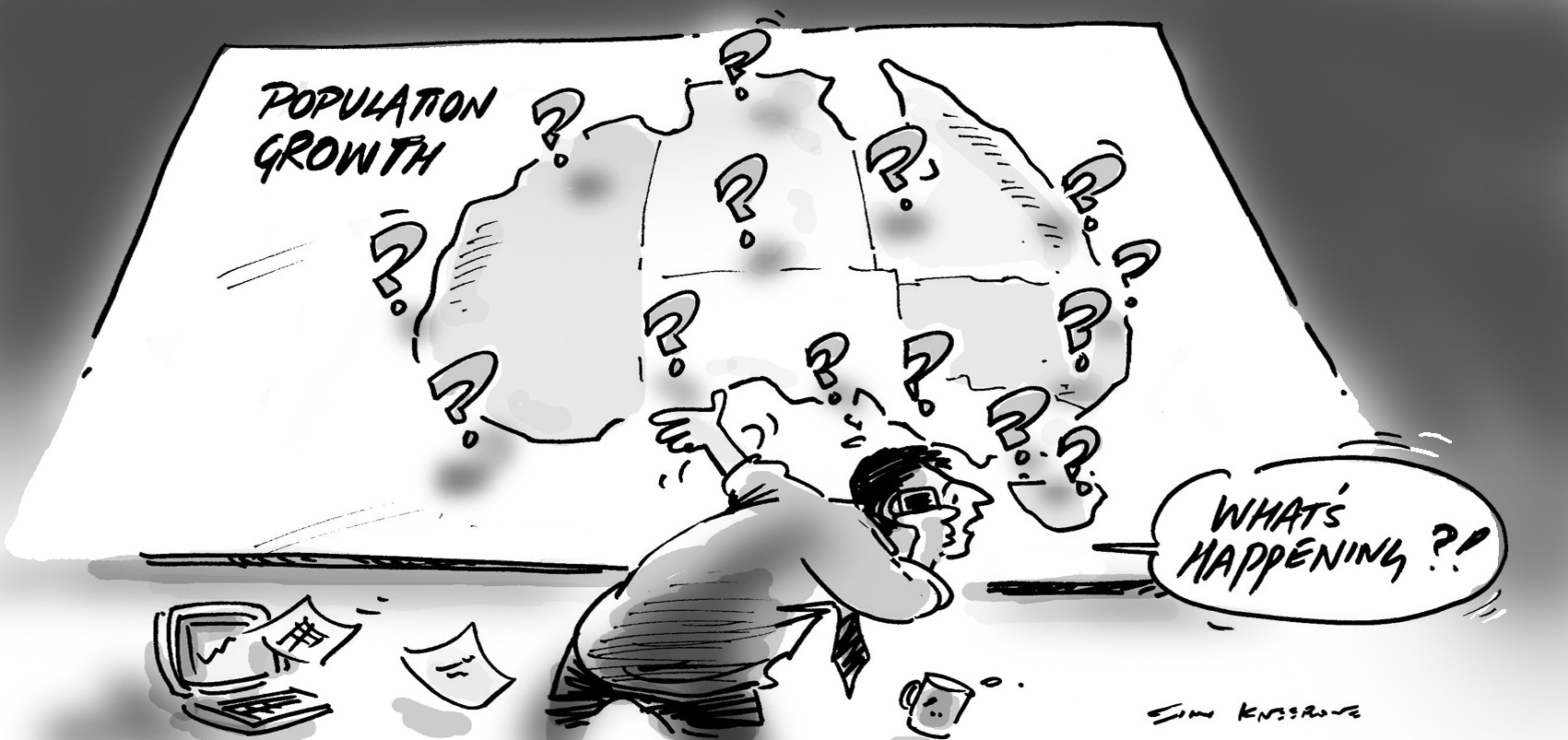The reduction in the number of school-aged students forecast in the next 20 years is among the most significant flow-on effects of the pandemic and the resulting border closures.
Our new Covid-adjusted forecasts show that, by 2041, there will be 519,000 fewer school-aged children in Australia than previously forecast (318,000 primary and 201,000 secondary-school aged).
If you assume an average new primary school has 500 students, this equates to the equivalent of 636 fewer primary schools than would’ve been required had COVID-19 not happened and 168 fewer secondary schools (assuming the size of 1,200 students).
This blog shares analysis from our latest eBook Demographic delays: how border closures will impact the future demand for services. Using our Covid-adjusted forecasts of population and dwellings, the eBook explains which sectors and parts of Australia will be most impacted at a local level. The eBook is now available for free download here.
Two reasons we’re forecasting fewer children
Fewer mothers in fertile age groups
Since 2005, overseas migration has been the main driver of population growth in Australia. In the decade 2009 to 2019, it accounted for an average of 218,000 people being added to our population each year.
Prior to the pandemic, our assumption for Net Overseas Migration in the 2021 calendar year was 230,000 people, which was consistent with Government policy and the historical trend.
Now, given the latest information from sources including the 2020 and 2021 budget papers, we are assuming Net Overseas Migration in 2020-21 will be -96,600.
Effectively, 300,000 people have been removed from our forecasts in a single year.
When Australia closed its borders in March 2020, this steady flow of migration stopped overnight. What makes this so significant, is these people, demographically speaking, aren’t the same as the rest of the population. This cohort of overseas migrants are comparatively young, including many women in fertile age groups. So the overnight reversal in overseas migration has a compounding population effect: not only does Australia miss out on these first-generation migrants, but as so many are at a family-forming stage of life, we also miss out on an entire cohort of first-generation Australians – their children – in the coming years.
A trend of declining fertility
The second factor that results in fewer children in our forecasts is a declining fertility rate (the number of children that each woman will have in her lifetime).
Our forecasts adopt the same assumptions used by Australia’s Centre for Population, where Professor Peter McDonald of the University of Melbourne has led the research into the fertility rate projections for Australia.
Where?
In the eBook, we explain in detail why closed borders will impact certain parts of Australia more than others.
The greatest impact will be felt in the States that receive the lion’s share of overseas migration – namely Victoria and New South Wales.

Change in forecast school-aged students (primary and secondary to 2041, by state)
Source: .id SAFi Forecasts
At a sub-state level, the areas that will be most affected by the decline in overseas migration are inner city areas that attract a student population, and the growth areas on the outskirts of our capital cities that have historically become home to many overseas migrants.
The map below shows the percentage of the population in each community (SA2) of Greater Melbourne and Geelong that arrived between 2006 and 2011, demonstrating how inner-city areas, suburban activity centres and growth areas on the urban fringe have a higher-than-average proportion of their population who are recent arrivals.

Map: Percentage of population who arrived in Australia between 2006 and 2010, Greater Melbourne SA2s.
As with other services, these areas are therefore forecast to be most affected by the reduction in forecast school-aged children to 2041, however, as we explain below, school planning is very localised, so an understanding of the particular drivers of population change in a given suburb or region is essential to make informed planning and investment decisions.
What about childcare?
While the ratio of children to facilities is more variable with childcare centres than schools, the same principle applies (just sooner!).
So.. should we stop building schools and childcare centres?
It’s important to note that these ‘downward revisions’ are comparisons with previous forecasts, and do not signal an overall decline in either the total or school-aged populations over the next 20 years. We’ve forecast Australia’s population to grow by 5.7 million people in the next 20 years, so we’re still going to need more schools – just not as many as previously forecast.
Suburb lifecycles
School planning is very localised, with school catchments generally based around suburbs or regions. Even during periods of rapid and sustained growth, there will be some areas that see a decline in school-aged children. Equally, in these times when forecast growth is slowing, some areas will continue to experience high demand for schools.
When it comes to suburbs, the word ‘cycle’ is more useful than ‘trend’. Suburbs go through predictable demographic cycles. Young families move in, children grow up and move away, and their parents age in place, eventually making way for younger families to move in again.
Our Small Area Forecast information (SAFi) forecasts account for these local nuances in migration, suburb lifecycle, age profile and other demographic drivers of population change. If you’re planning a school or other age-specific facility, you can learn more about SAFi here (that page includes links to contact us, if you would like to access these forecasts as an evidence base for your work).
Be notified when we have new or revised forecasts in your region
We continue to produce forecasts for the regions of Australia that are experiencing the greatest magnitude of change in their population and dwellings (currently, that means the places most impacted by border closures and other effects of the pandemic). Register here to be notified when new forecasts are available in a region of interest to you.
Also published on Medium.











